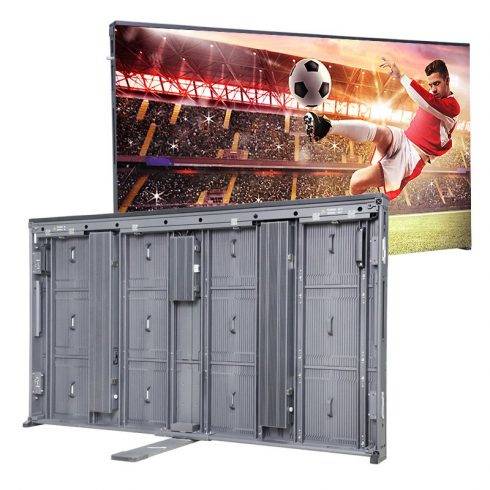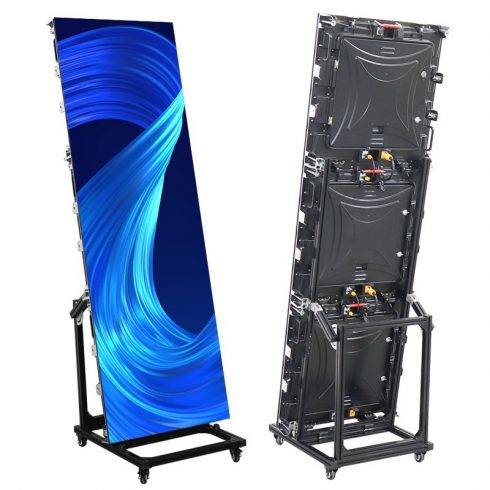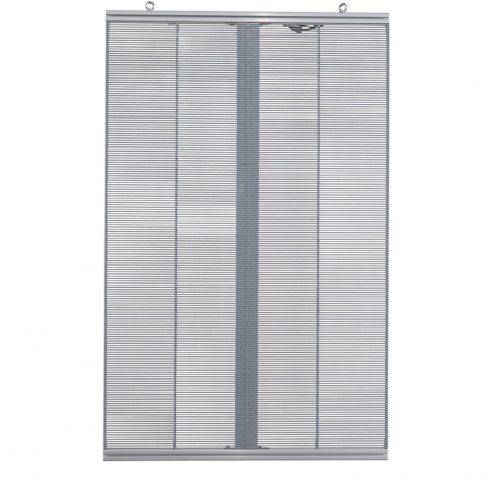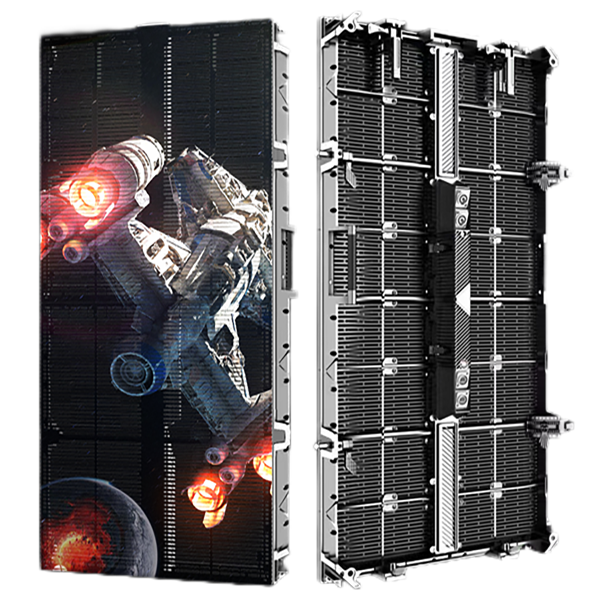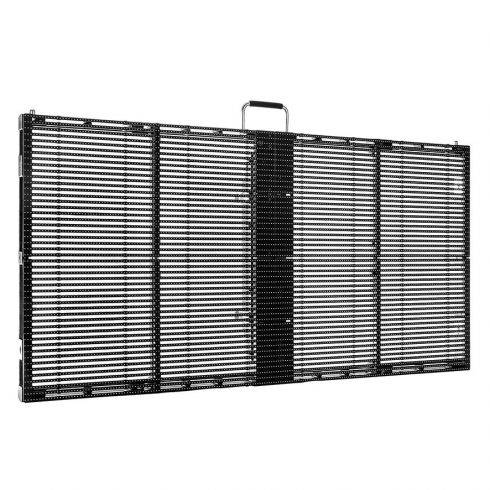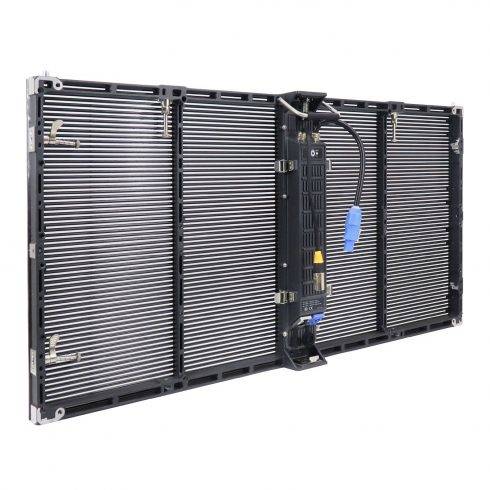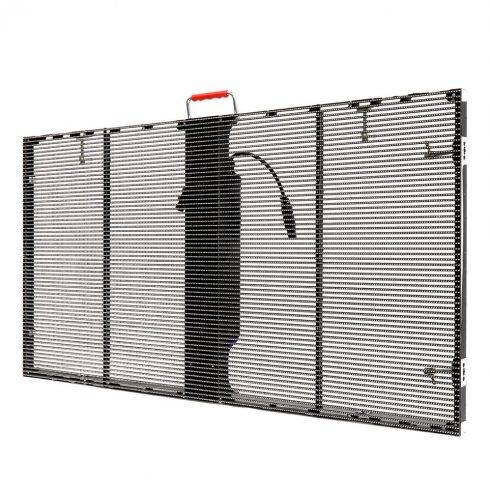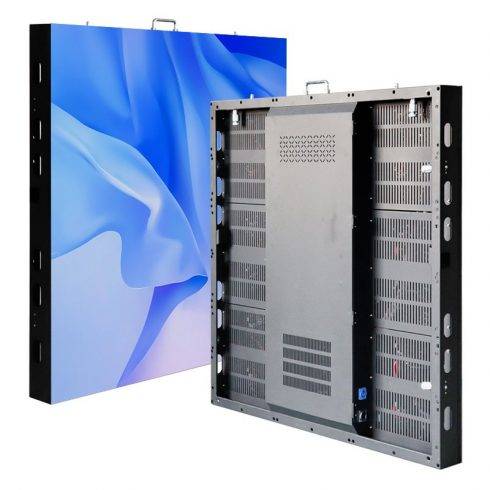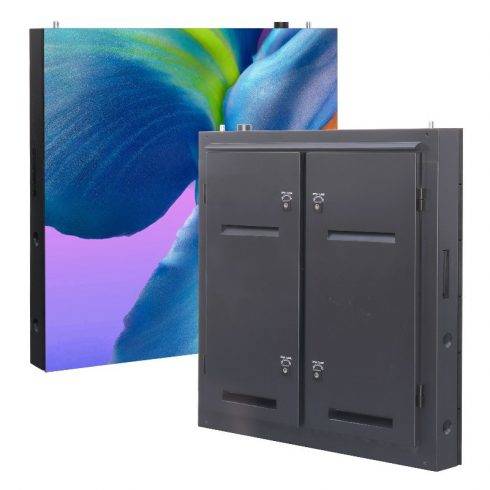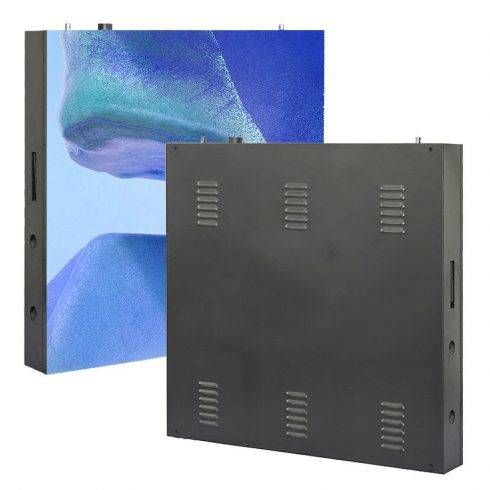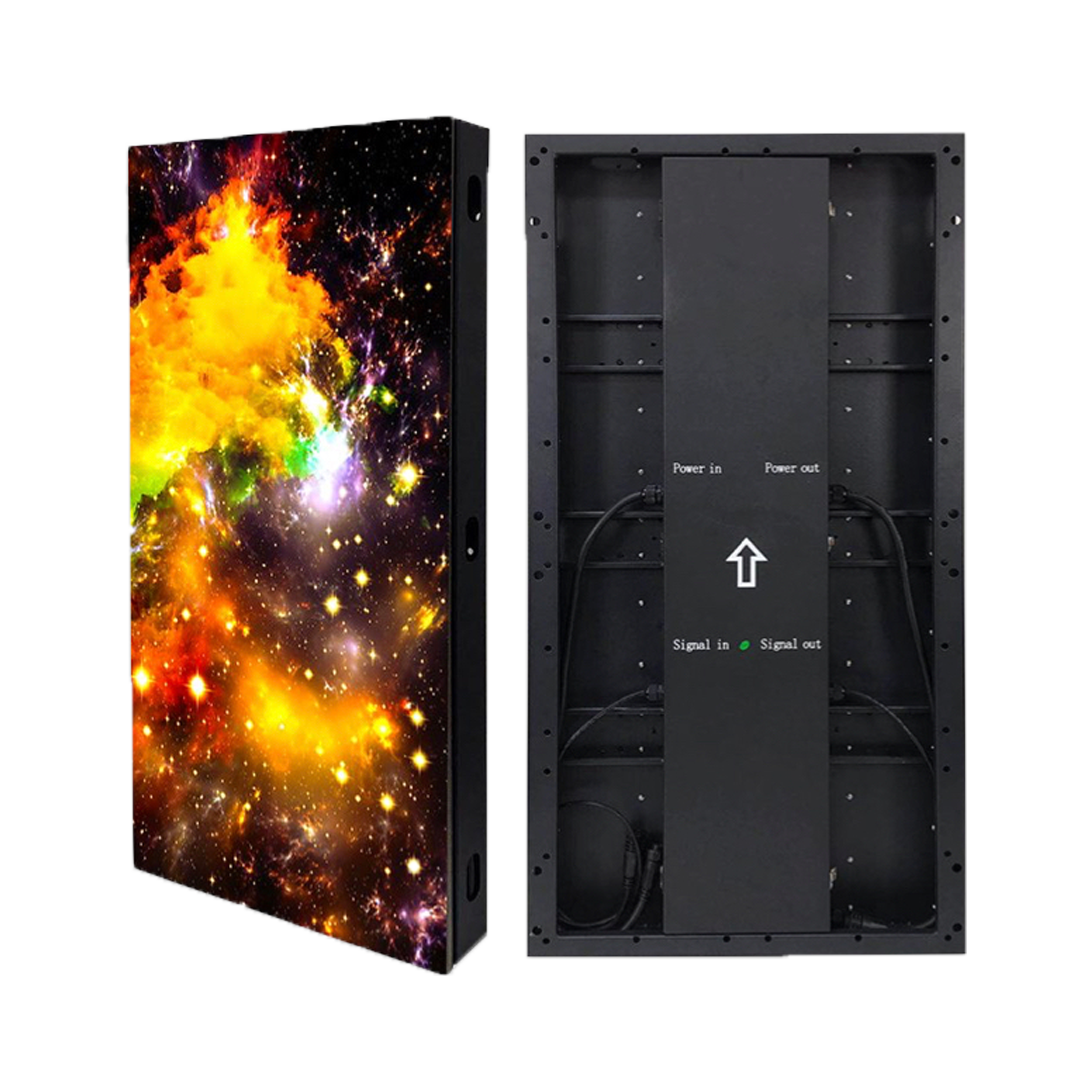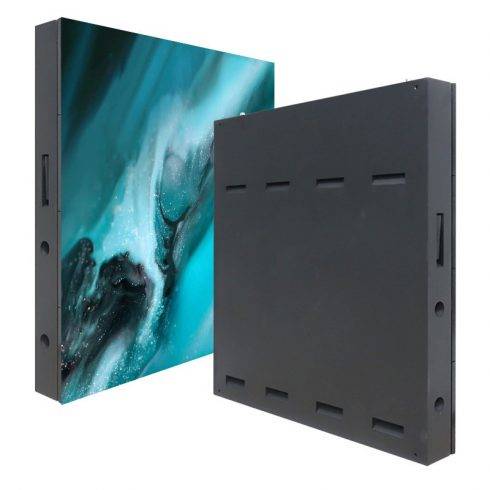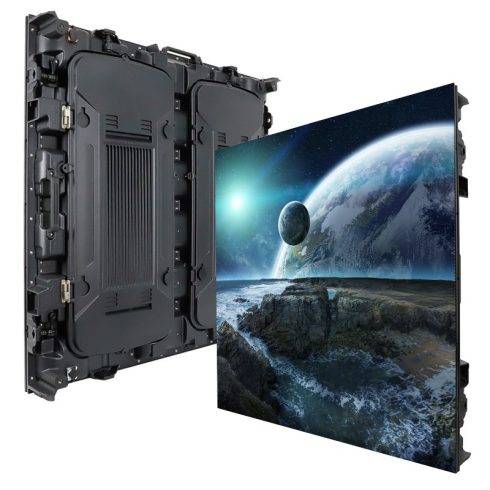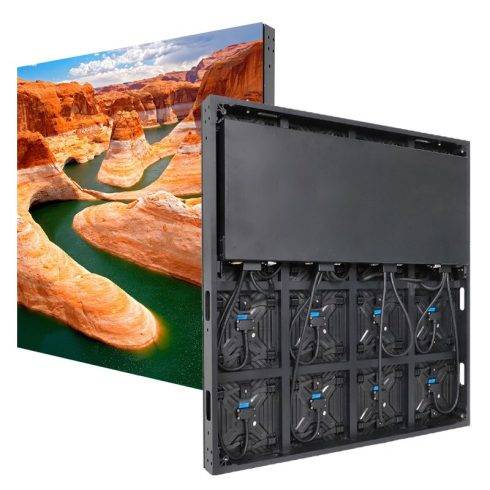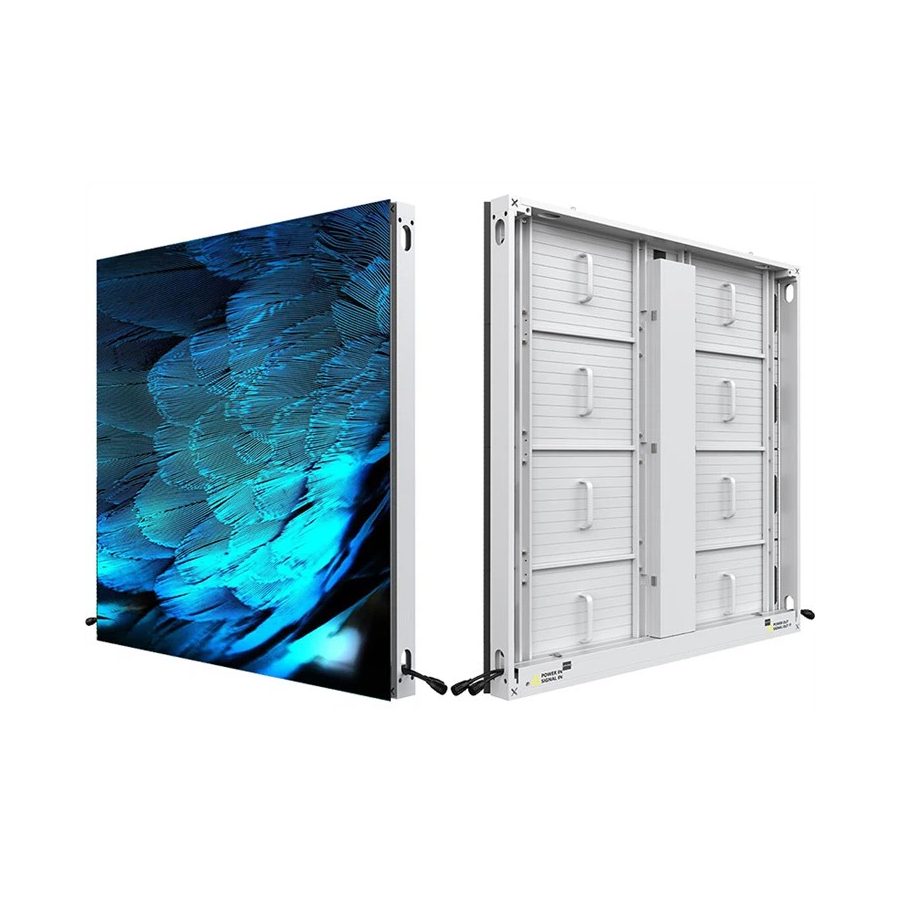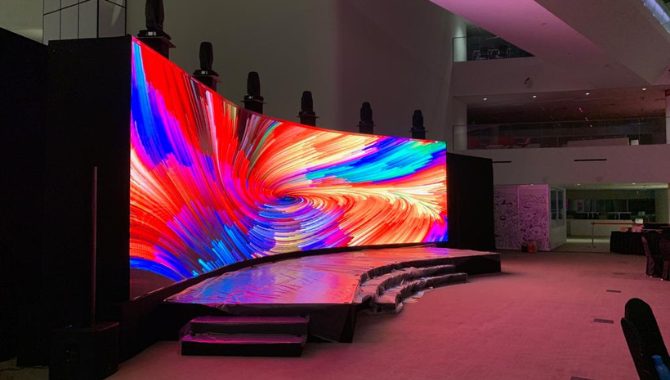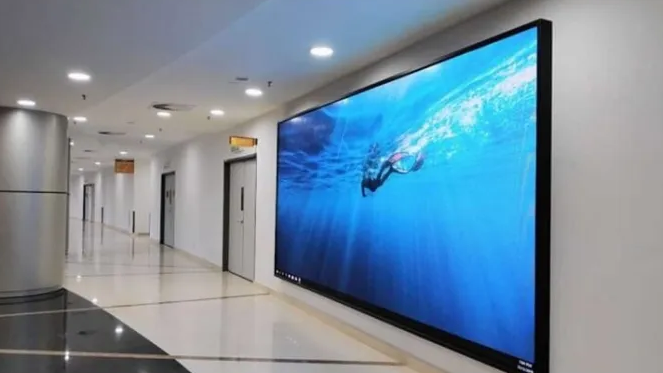LED displays have gained immense popularity in the lighting and digital signage industry due to their energy efficiency, vibrant visuals, and long lifespan. Typically, high-quality LED displays are rated for a lifespan of 50,000 to 100,000 hours, which translates to several years of continuous use. However, ensuring that an LED display reaches or even exceeds its projected lifespan requires careful consideration of various factors. By implementing specific design, operational, and maintenance strategies, it is possible to maximize the longevity of an LED display, enabling it to perform at optimal levels for over 100,000 hours. This essay explores key methods and best practices for extending the lifespan of LED displays.
1. Choosing High-Quality LED Components
The first and most crucial step in achieving an extended lifespan for an LED display is selecting high-quality components. LED modules are the foundation of the display’s performance and durability. Low-quality components tend to degrade quickly, resulting in shorter lifespan, reduced brightness, and higher failure rates.
- LED Chips: Opt for LED chips from reputable manufacturers known for producing reliable, long-lasting chips. High-quality chips not only provide better brightness and color consistency but also maintain their performance over longer periods.
- Power Supply Units (PSUs): The power supply is a critical component that impacts the display’s stability and longevity. Choose PSUs that have built-in protective features like overcurrent and overvoltage protection. A well-regulated power supply ensures that the LED modules receive consistent power, reducing the risk of overheating or burnout.
- Printed Circuit Boards (PCBs): Ensure that the PCB material and design support good heat dissipation. High-quality PCBs use thicker copper layers and robust soldering techniques to handle the power demands of the LED modules without causing thermal stress.
By investing in premium components, the display’s overall lifespan can be significantly enhanced, minimizing the risk of premature failures.
2. Effective Thermal Management
Thermal management is one of the most critical aspects of prolonging the life of an LED display. LEDs generate heat during operation, and if this heat is not managed properly, it can lead to thermal stress, color shifts, and reduced efficiency over time. Implementing effective heat dissipation techniques ensures that the display remains cool and operates within its optimal temperature range.
- Heat Sinks and Thermal Pads: Integrate high-quality heat sinks and thermal pads to channel heat away from the LED modules. These components should be made from materials with excellent thermal conductivity, such as aluminum or copper.
- Proper Ventilation Design: Design the display with adequate spacing between components and include ventilation holes or fans to facilitate airflow. Proper ventilation helps in reducing heat buildup inside the cabinet, preventing hot spots that can damage sensitive components.
- Use of Cooling Systems: For large, high-power LED displays, consider using active cooling systems like fans or liquid cooling. These systems help maintain a stable temperature, ensuring that the LEDs do not overheat, even during prolonged usage.
By maintaining a stable operating temperature, the risk of heat-induced failures is minimized, thereby extending the lifespan of the display.
3. Optimal Operating Conditions
Operating the LED display under the right conditions is essential for ensuring longevity. Various factors such as operating temperature, humidity, and electrical conditions can significantly impact the lifespan of LED components.
- Temperature Control: LED displays are designed to operate within specific temperature ranges. Extreme temperatures, both high and low, can cause degradation. Ensure that the ambient temperature around the display is within the manufacturer’s recommended limits. If the display is located outdoors, consider adding sunshades or installing temperature control systems to prevent overheating.
- Humidity Management: Excessive humidity can lead to corrosion and electrical short circuits. For outdoor or semi-outdoor LED displays, make sure they are designed with high IP (Ingress Protection) ratings to withstand moisture and dust. Additionally, dehumidifiers can be used in enclosed environments to maintain stable humidity levels.
- Electrical Stability: Voltage fluctuations can damage LED modules and power supplies. Installing surge protectors and uninterruptible power supplies (UPS) can help regulate power and protect against electrical spikes, ensuring stable operation and reducing wear and tear on components.
By maintaining optimal environmental and electrical conditions, the risk of premature component failure is minimized, enhancing the display’s durability.
4. Brightness Management and Calibration
One of the key factors affecting the lifespan of an LED display is the brightness level at which it operates. Running the display at maximum brightness continuously can accelerate the aging process, leading to reduced lifespan.
- Lower Brightness Levels: Operate the LED display at a lower brightness setting when possible. Modern LED displays are often equipped with automatic brightness adjustment features that can dim the screen during nighttime or in low-light conditions. Reducing the brightness not only saves energy but also reduces thermal stress on the LED modules.
- Regular Calibration: Over time, LED modules can experience color shifts and brightness variations. Regular calibration ensures that the display maintains uniform brightness and color across all modules, preventing uneven aging and degradation. Calibration should be performed at regular intervals, depending on the display’s usage intensity and environmental conditions.
By managing brightness levels and performing regular calibration, the display can maintain its visual quality and extend its operational lifespan.
5. Implementing Protective Measures
External factors such as weather, vandalism, and accidental damage can severely impact the lifespan of an LED display, especially in outdoor environments. Implementing protective measures can safeguard the display against these risks.
- Weatherproofing: Use protective coatings and sealants to shield the LED modules and internal components from water, dust, and UV radiation. Displays with high IP ratings (IP65 or higher) are ideal for outdoor installations, as they are resistant to moisture and environmental contaminants.
- Anti-UV Coating: For outdoor LED displays, anti-UV coatings prevent the display from fading and discoloration caused by prolonged exposure to sunlight. This helps maintain color consistency and prolongs the life of the display.
- Physical Protection: Use robust enclosures and vandal-proof glass to protect the display from physical damage. If the display is in a high-risk area, consider installing protective cages or barriers to prevent accidental or intentional damage.
6. Regular Maintenance and Monitoring
Routine maintenance and proactive monitoring are essential for ensuring that the LED display remains in optimal condition throughout its lifespan.
- Scheduled Inspections: Conduct regular inspections to identify and address potential issues such as loose connections, damaged modules, or malfunctioning power supplies. Early detection and resolution of problems can prevent small issues from escalating into major failures.
- Cleaning and Dust Removal: Dust and dirt accumulation can obstruct ventilation and affect image quality. Regular cleaning, using appropriate methods, helps maintain proper airflow and keeps the display looking pristine.
- Remote Monitoring: Implement remote monitoring systems to track the performance of the LED display in real time. Monitoring systems can alert operators to abnormalities such as temperature fluctuations, power anomalies, or malfunctioning components, allowing for quick corrective action.
Conclusion
Extending the lifespan of an LED display beyond 100,000 hours requires a comprehensive approach that encompasses high-quality components, effective thermal management, optimal operating conditions, brightness management, protective measures, and regular maintenance. By following these best practices, LED display owners and operators can achieve greater reliability, reduce downtime, and maximize the return on investment. With proper care and strategic planning, an LED display can remain vibrant and functional for many years, delivering exceptional performance and visual impact long beyond its expected lifespan.







